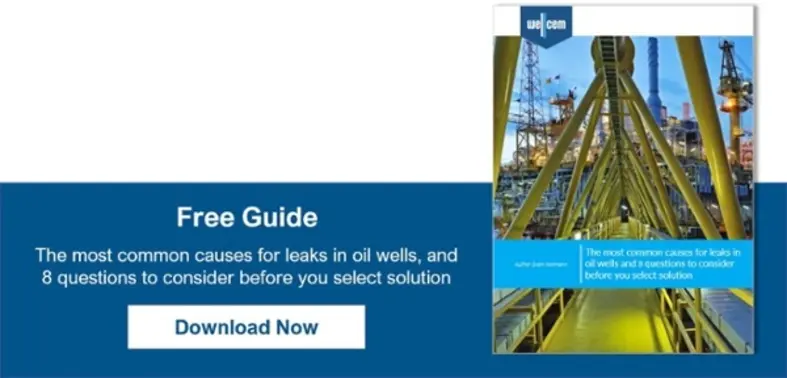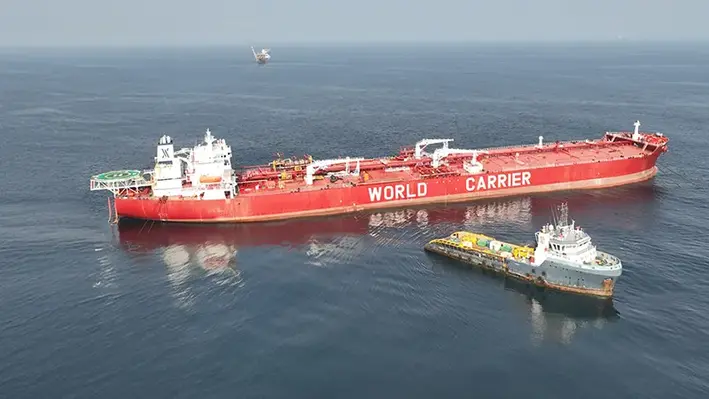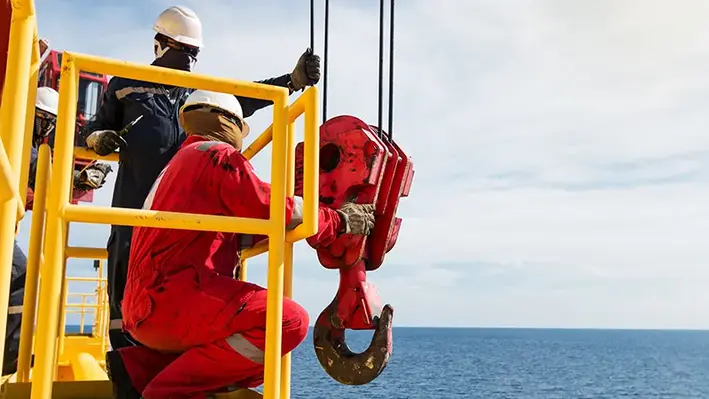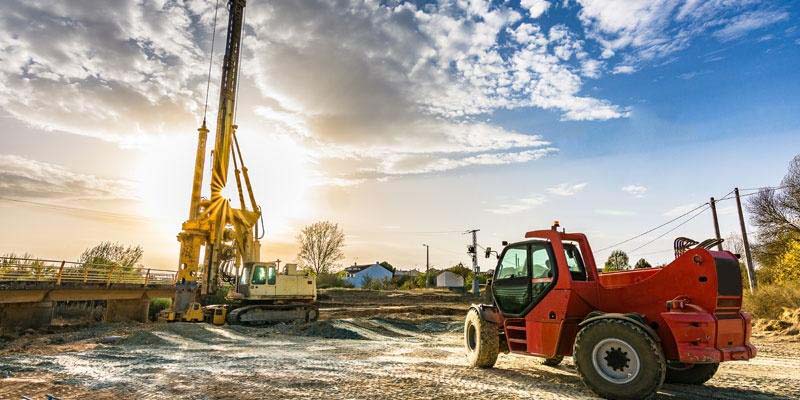
In this second part of my article series on SCP, I will discuss how to define
whether you have an SCP scenario that needs intervention or not. In the
first article in this series, I talked about a framework from which we can
deal with the problems related to SCP. I also gave an overview of which
guidelines from different industry bodies that address this topic.
Following the advice given by these guidelines and listening to what
operators in the Middle East are telling us, I suggest you look into four
aspects of your well annulus behaviour to define whether you have an SCP
scenario that needs intervention or not:
Leak nature
Leak rate
Annulus pressure
In a less conventional manner; hydrocarbon gas mass.
LEAK NATURE
There may be a risk of introduction of toxic material such as H2S or
radioactive agents into the annuli through the SCP. Such materials imply a
considerable risk to personnel safety, and their presence, no matter the
other parameters, indicate that the leak needs to be remediated.
LEAK RATE
Excessive leak rates increase the consequences if containment is lost. The
magnitude of the leak will dictate the operator’s ability to normalize the
situation since it defines the amount of energy released, its impact on the
affected area, and in general, the leak escalation potential. So while a
significant leak needs immediate attention, there is a value at which it
doesn’t.
API RP 14B states acceptance criteria for leakage rate through a closed
subsurface safety valve system, and although the norm is not directly
applicable for SCP, its reasoning may still be regarded as an appropriate
analogy for determining acceptance criteria for SCP. OGN117 use it as its
acceptance criteria for annulus leaks.
The acceptance criteria for leak rate, when hydrocarbons are present in the
source of influx, are:
15 scf/min (0.42m3/min) for gas
0.4 liter/min for liquid
ANNULUS PRESSURE
What sounds like a reasonable and empiric statement anywhere you hear it is
that the pressure in the annulus should never reach the maximum allowable
annulus surface pressure at the wellhead (MAASP). However, in this regard,
OGN 117 only advise operators to take into consideration all aspects that
detrimentally affect the normal rating of the wellbore hardware when setting
the MAASP.
Instead, API-90 (Offshore wells) goes into detail on how to establish an
acceptable level of risk for annular casing pressure, using two parameters.
First, sustained annular casing pressure that is greater than 100 psig must
bleed to zero psig. If it does, it indicates that the leak rate is small and
the barriers to flow are still effective. Second, a procedure is offered to
calculate a Maximum Allowable Wellhead Operating Pressure (MAWOP) which sums
up to:
MAWOP is based on Minimum Internal Yield Pressure (MIYP) of both tubulars
(the one being evaluated and the next outer one) as well as the Minimum
Collapse Pressure (MCP) for the inner tubular which are calculated according
to API Bulletin 5C3.
MAWOP for an annulus is expected to be less than the following:
50% of the Minimum Internal Yield Pressure (MIYP) of casing string being
evaluated; or
80% of the MIYP of the next outer casing; or
75% of the Minimum Collapse Pressure of the inner tubular pipe body o In
case of the outer most pressure containing casing, the MAWOP can’t
exceed
30% of its MIYP
If there is pressure communication between two or more outer casing
annuli
(e.g., communication between the “B” and “C” annuli or between the “C” and
“D” annuli, etc.), then the casing separating these annuli is not considered
a competent barrier and should not be used in the MAWOP calculation.
Figure 3 shows an example of MAWOP calculations, note the MAWOP is
controlled by MIYP of the next outer casing for the “B” annulus, while the
MIYP pressure of the casing being evaluated dictates the MAWOP of the
annulus “A” and “C”. Finally, annulus “D” MWAOP is set by the MYIP of the
outer most casing rule.
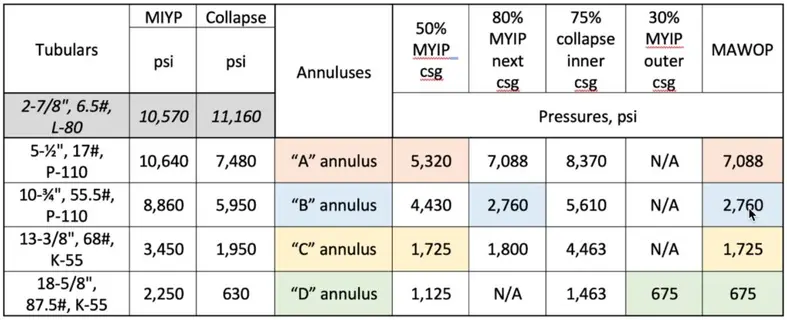
Figure 3. Example of MAWOP calculations for a well with no communication between annuli as per API-90.
Finally, API-90-2 incorporated two alternative cases with a slight deviation
in the MAWOP calculations. The first one, called the “Default Designation
Method” (DDM), does not require data or analysis to be applied. It can be
used in a vast majority of onshore wells where poor data is available. It’s
the least precise of the methods, and it’s appropriate for wells that
operate at low levels of annular pressure. In the DDM, the MAWOP for the
annulus being evaluated is 100 psi (700 kPa) for the outermost annulus, and
200 psi (1400 kPa) for all other annuli, and it requires no further
calculations.
If a casing string has significant drill string wear, suspected or known
erosion or corrosion, or is operating under high temperature, API-90-2
suggest a second deviation to API-90 for the calculation of MAWOP. This is
called “Explicit De-rating Method” (EDM); in this alternative method, the
operator would apply a specific reduction in the wall thickness or material
properties in calculating the MIYP and MCP.
Using the EDM approach for the inner and outer tubulars, the tubular
de-rating component of MAWOP for the annulus being evaluated is the minimum
of one of the following:
80 % of the adjusted MIYP of the outer tubular string
80 % of the adjusted MCP of the inner tubular string
100 % of the adjusted MIYP of the next outer tubular string (provides an
additional factor of safety)
100 % of the adjusted MCP of the outer tubular string, (i.e., the inner
tubular of the next outer adjacent annulus)
The MIYP and the MCP for the tubing and casing strings can be calculated per
API 5C3, but their adjusted values are calculated by the following:
MIYPAdj = [(MIYP ⋅ UFb) – ΔPwcd] and MCPAdj = [(MCP ⋅ UFc) – ΔPwcd]
Where MIYP and MCP are the minimum internal yield and collapse pressures;
UFb and UFc are the burst and collapse utilization factors (1.0 equals 100
%); ΔPwcd is the pressure differential from the inside to the outside of the
casing at worst case depth (i.e., the depth that yields the maximum ΔP).
There is no industry standard for the utilization factors, and operators
would choose them as part of their safety factors assumptions.
HYDROCARBON GAS MASS
An aspect often overlooked in the Middle East, and not covered by API, but
well defined in the Norwegian sector of the North-Sea, is the mass of gas
which will result in limited consequences and as low as reasonably
practicable probability of escalation if released (OGN 117). Although not
directly applicable to SCP, NORSOK S-001 Technical Safety contains an analog
requirement to determine acceptance criteria for hydrocarbon gas mass:
“…For pressure vessels and piping segments without a depressurizing
system,
containing gas or unstabilized oil with high gas/oil-ratio, the maximum
containment should be considerably lower than 1000kg…”
This item is typically ignored in the Gulf region as all tubulars have
cement to surface either as part of their primary cement jobs or as a result
of top-up jobs done afterward. So typically, the SCP leak paths are through
cracks/channels in the cement sheet and/or micro-annuli between the cement
and the casings. Therefore, the mass of hydrocarbon in the annulus tends to
be below any known pre-set criteria. However, for those of you out there
trying to come up with a set of criteria for your wells, this is an item
worth keeping in mind.
We’ll leave it here for now, next articles will be around how to
characterize the SCP to establish when an intervention is required, choosing
the ideal solution and how to evaluate the success of any potential
treatment.
MIGUEL DIAZ
Miguel has 20 years’ experience from operations, technical advisor, quality
assurance, business development and management positions in the oil & gas
industry from all areas of the high-pressure pumping services. He has worked
in South America, the Caribbean Sea, central and eastern Europe, Sub-Sahara
Africa and the middle east. Miguel serves as one of our cementing experts
and is our Regional Manager for the Middle East and North Africa region.

